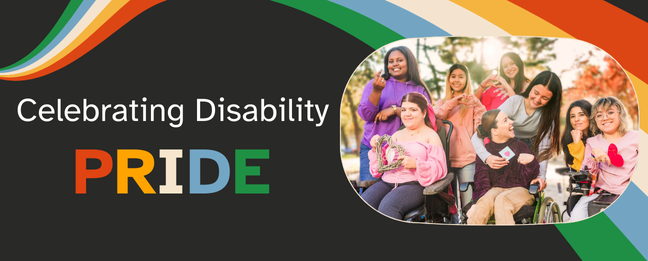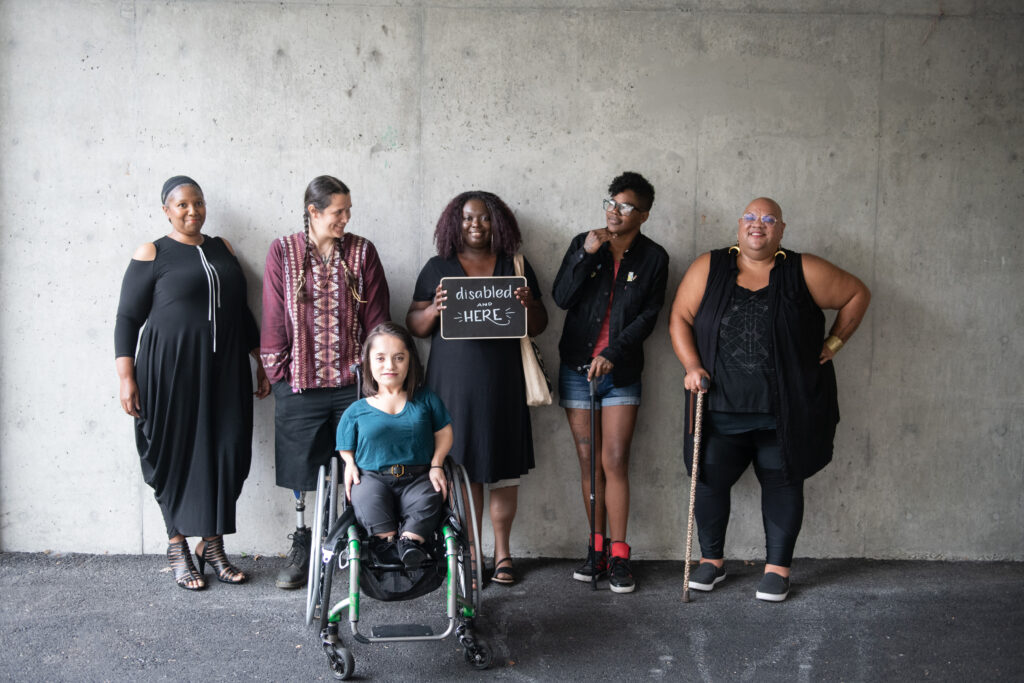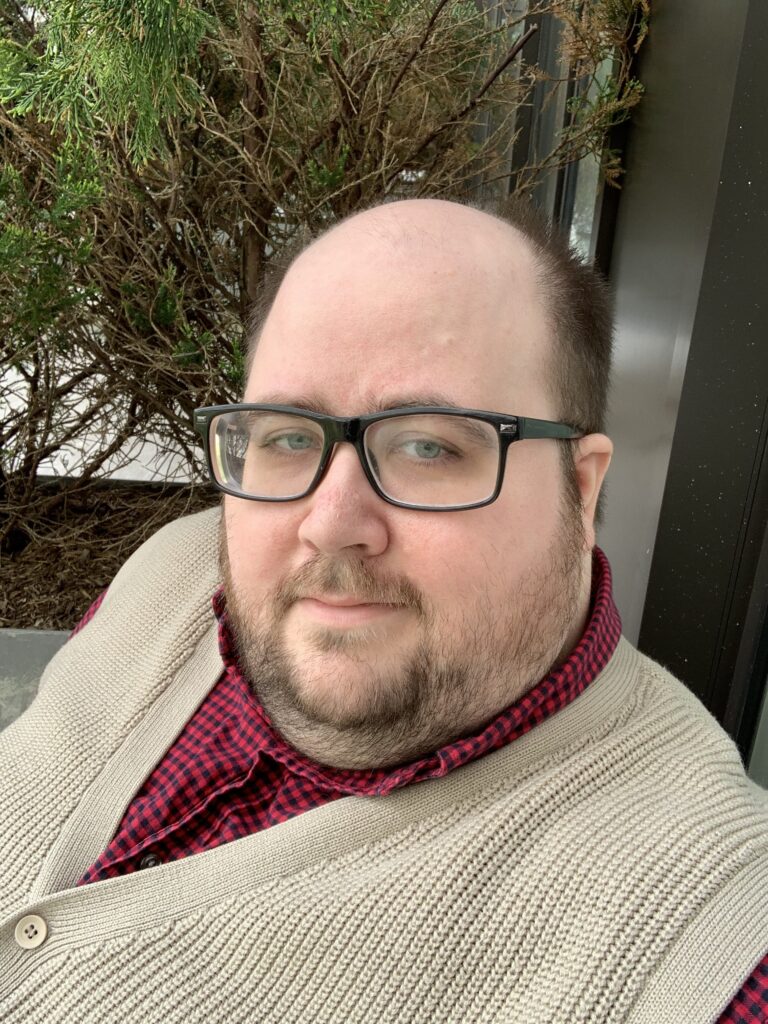Disability Pride, Queer Pride, and the Medical Model
by Blog Writers

By Mids Meinberg
As we enter into Disability Pride Month, I believe it is important to think about the ways that disability and queer rights have similar struggles. In particular, both have a history of navigating the divide between the medical and social models.
The medical model is the more traditional model for thinking about both disability and queerness. Essentially, it proposes that these are medical conditions that require treatment and, ideally, a cure. The social model, in contrast, proposes that disability and queerness are both identities, which exist to be embraced — not erased.
Psychology is a relatively young science, but in its foundational texts, homosexuality is described as a mental pathology. Within the first DSM, released in 1952, homosexuality is placed in the same category as pedophilia and sadism. The DSM-II, originally released in 1968, kept homosexuality as a mental illness, but only during the first six printings. (Psychiatry.org)
Between the sixth and seventh printing, the gay liberation movement had begun in earnest, spurned by the famous Stonewall riots that led to the creation of queer Pride. As the movement gathered strength, it led to the seventh printing (in 1973), revising the description of homosexuality to no longer describe it alone as a psychiatric disorder. It did, however, maintain that a person with homosexual desires was a person who needed treatment.
This would remain the stance of the DSM until the DSM-5, released in 2013.
While queer Pride began in 1970, starting on the anniversary of the Stonewall riots, Disability Pride did not begin until 1990, in celebration of the passing of the Americans with Disabilities Act. It did not begin to have widespread celebration until the early 2010s, and is still not nationally recognized.

Photo from Disabled and Here, photographed by Chona Kasinger.
Despite the successes of the struggle for the rights of both disabled and queer people, there is still much to go to assure full equality for both groups. The medical model is still in common practice for many disabilities, and indeed is held by some disabled people as well. Our society creates barriers for disabled people despite the laws passed like the ADA, preventing disabled people from being able to live their lives to the fullest. And while the blame lies on these barriers, disabled people are constantly told that it is their disability at fault.
Queer people have resisted the medical model since it was first applied to them, and efforts to pathologize queerness have always been rooted in discrimination and hatred towards queer people. Despite this rejection of the medical model, some queer people do require medical technology in order to best fit their desired identities, which is most visible in trans people.
While it is entirely possible to transition one’s gender without the use of any medical tools, options like HRT, gender-affirmation surgery, and facial remodeling are very useful in helping a trans person to fully identify as their true gender. This use of medicine does not mean that the medical model applies to trans people, though.

Meinberg
I use medicine to help ameliorate my depression and anxiety, but this does not mean that my depression and anxiety are inherently medical issues. If I lived in a society that was more accommodating of depressed people or anxious people, I might require less medication. But even if I chose to continue using medication, that is merely my choice in how to best navigate my neurodivergence so that I can truly be myself.
I would never want to be cured completely of my depression. For all of the troubles it has caused me, it is still a part of me and a part I am deeply proud of how it has helped to shape me into becoming a better person. The idea that I would be better off if I had never had depression is simply incorrect. Some depressed people feel differently though, and that is a valid perspective to have. There is no denying, though, the transformative effect of having a disability.
Similarly, there are some trans people who wish they were assigned the correct gender at birth. Transitioning is difficult due to large social barriers and lack of affordable access to necessary treatments, and being assigned the correct gender at birth is much easier. However, nearly all transpeople are happy that they have transitioned and the important part is that they have become who they wish to be. (Gender GP) In addition, for many trans people I know, their transition is an important part of their identity — not simply being the right gender, but being a trans person of the right gender.
This is because these trans people are able to find community together via their transness and are able to develop new models of looking at their gender via the lens of being trans, much in the same way that people with queer sexualities look at relationships differently and are able to form different kinds of romantic and sexual bonds because they are not the default.
As disabled people, we can apply many of these lessons that queer people have learned to our own struggles and our own identities and learn how best to create a space in the world for us. The social model recognizes that disability is a part of disabled people’s lives and it changes us, not necessarily for better or for worse, but into who we truly are. Even if I were to no longer experience any symptoms of depression, I would still have been shaped by that depression and I cannot write it off of my identity.
An ableist society seeks to shame us for our disabilities, seeking to reinstate the ugly laws and push us away from visibility, to pretend like we don’t exist – and that when we do exist, our disabilities are problems to be solved. For a very long time, this was also the case for queer people; society wished for queer people to be put back into the closet, to be denied their existence and their rights. But like queer people, disabled people have continued to fight, and so long as we have pride in our hearts and know that we deserve to exist, to be seen, to be counted as equals no matter what society has to say, we will push forward into a better tomorrow.
Happy Disability Pride, everyone.
Mids Meinberg is a writer and game designer working out of New Jersey. They have an AA in Creative Writing from Brookdale Community College.






